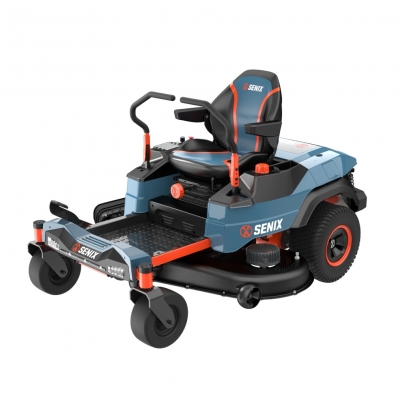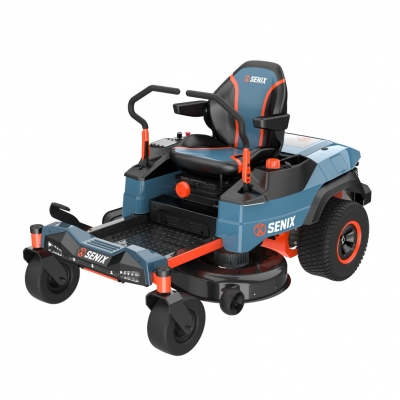Impact Driver vs. Impact Wrench: Key Differences
Choosing the right power tool can significantly improve efficiency and precision, especially when dealing with fastening and loosening tasks. Among the most popular options are impact drivers and impact wrenches—two tools that look similar but serve distinct purposes. While both are designed to deliver high torque with a hammering action, their mechanisms, typical uses, and attachments differ. This article unpacks the key differences between impact drivers and impact wrenches, helping users make informed decisions tailored to their specific needs.
What is an Impact Driver?
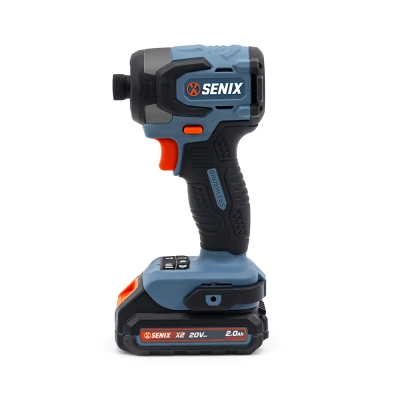
An impact driver is a compact power tool primarily designed for driving screws, bolts, and small fasteners. Its hammering action, combined with rotational force, allows it to insert or remove screws more efficiently than a standard drill or screwdriver. Impact drivers typically feature a 1/4-inch hex chuck, making it easy to swap out screwdriver bits quickly.
Typical Uses:
Driving long screws into wood or metal
Fastening deck boards, drywall, or framing
Assembly of furniture or cabinetry
Light-to-medium fastening jobs where precision and speed are crucial
What is an Impact Wrench?
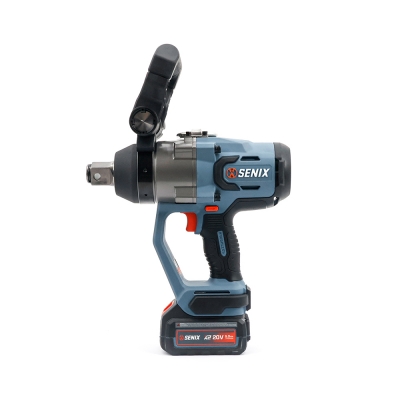
An impact wrench, sometimes called an air wrench or torque gun, is a heavy-duty tool built to handle much higher torque levels than impact drivers. Most impact wrenches use a square drive (commonly 1/2 inch, but also available in 3/8, 3/4, or 1 inch sizes) to attach sockets instead of screwdriver bits. They are widely used to tighten or loosen large nuts and bolts in automotive, construction, and industrial settings.
Typical Uses:
Removing lug nuts from car wheels
Heavy machinery maintenance
Construction applications involving large bolts
Any job requiring significant torque beyond what an impact driver can deliver
Key Differences
| Feature | Impact Driver | Impact Wrench |
|---|---|---|
| Torque Output | Moderate (usually 1,200 to 2,000 in-lbs) | High (up to 1,500 ft-lbs or more) |
| Chuck Type | 1/4-inch hex for screwdriver bits | Square drive (1/2 inch most common) |
| Primary Use | Driving screws and small bolts | Tightening/loosening large bolts and nuts |
| Size and Weight | Lightweight and compact | Bulkier and heavier for industrial use |
| Power Source | Cordless electric or corded | Pneumatic (air-powered), electric, or battery |
| Speed Control | Variable speeds for delicate fastening | Less speed variation, focus on torque delivery |
Why Choose One Over the Other?
Impact drivers excel in precision and portability, making them indispensable for woodworking, household repairs, and light construction. Their smaller bits and compact size allow working in tight spaces where larger tools can't fit.
On the other hand, impact wrenches dominate in environments where brute torque is essential, such as automotive repair and heavy construction. Their ability to quickly loosen stubborn bolts saves time and effort compared to manual wrenches or impact drivers.
Safety and Usage Tips
Always wear protective eyewear when using either tool to guard against flying debris.
Match the tool to the fastener size and task requirements to avoid damaging hardware.
For cordless models, keep batteries charged to maintain power and efficiency.
Use impact-rated sockets with impact wrenches to prevent breakage.
Although impact drivers and impact wrenches share the “impact” feature that delivers sudden rotational force, they cater to very different tasks. Impact drivers are ideal for fastening screws quickly and accurately, while impact wrenches are built for heavy-duty nut and bolt work. Knowing these key differences ensures the right tool is selected, improving both safety and productivity on any project.


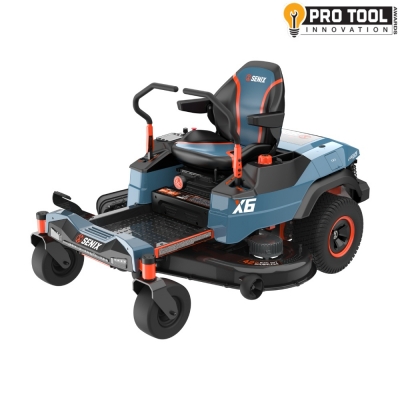
 (5.0)
(5.0)